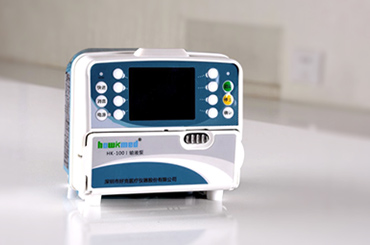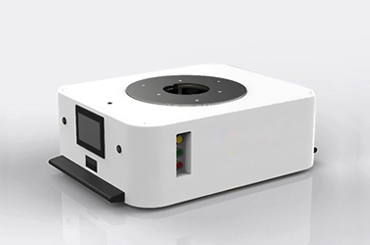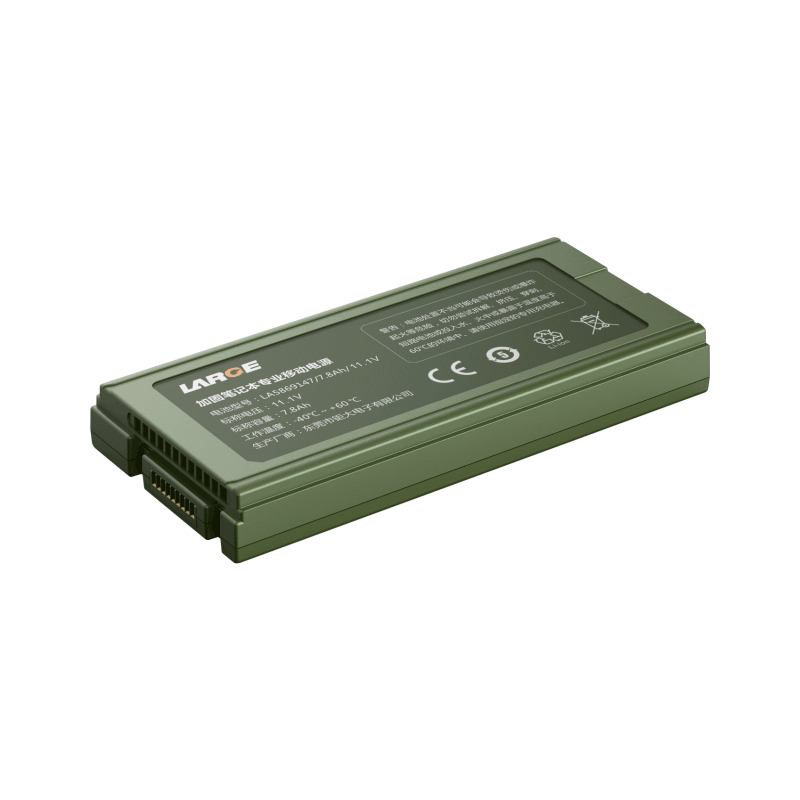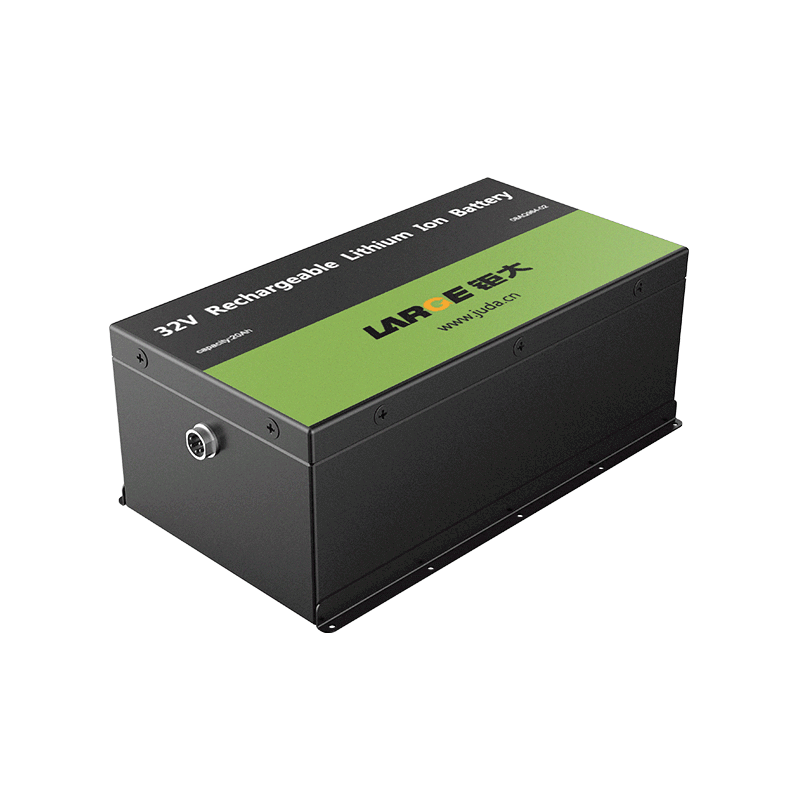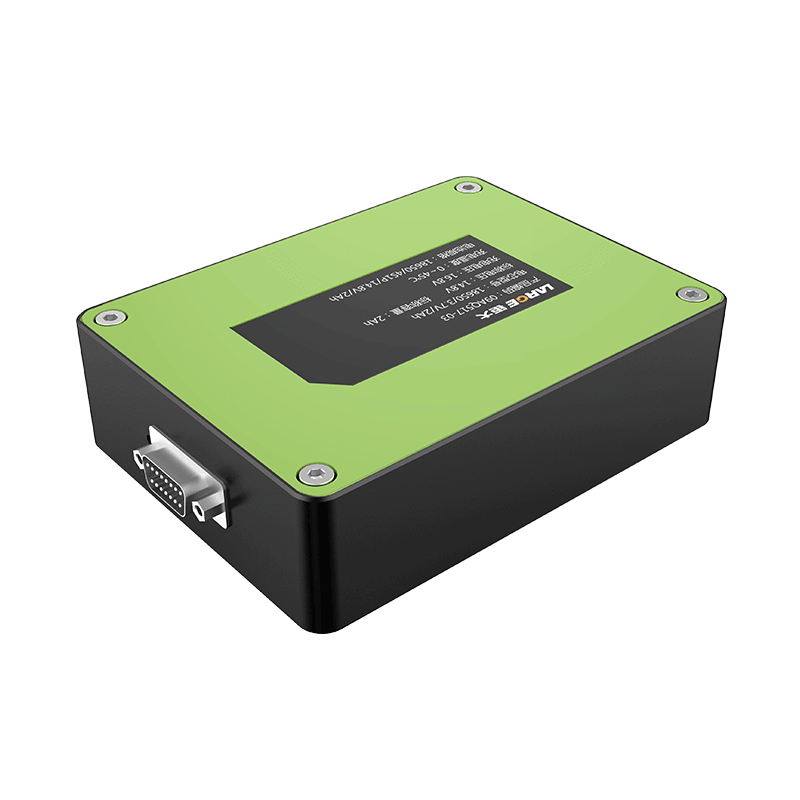Formula for calculating capacitor charging and discharging time and charging current
Feb 08, 2019 Pageview:1661
Set the initial voltage of the capacitor value is V0 ;V1 for eventually rechargeable capacitance or voltage value;V t as moment capacitor of the voltage value., n = " V0" + (V1 - V0) * (1 - exp (-t/RC)] or, RC * t = Ln (V1 - V0)/(V1 - Vt)], for example, the voltage E battery goes through R initial value of zero capacitance C charge V0 = 0, V1 = E, so charge voltage of capacitor at T time is
Set, where V0 is the initial voltage on the capacitor value;
V1 for capacitance eventually rechargeable to or on the voltage value;
N t moment capacitor on the voltage value.
Then,
Vt="V0"+(V1-V0)*[1-exp(-t/RC)]
Or,
t=RC*Ln[(V1-V0)/(V1-Vt)]
For example, the voltage of battery by R E capacitance C charging to the initial value of 0
Where V0 = 0, V1 = E, the charge to the capacitor on the voltage of t time:
Vt="E"*[1-exp(-t/RC)]
Such as, the initial discharge voltage of capacitance C by R E
Where V0 = E, V1 = 0, so on the capacitor on the voltage of t time:
Vt="E"*exp(-t/RC)
And, as the initial value for a third VCC capacitance C by R charging, charging terminal value is zero
Vcc, ask charge to 2/3 Vcc need how much time?
Where V0 = Vcc / 3, V1 = Vcc, n = 2 * Vcc / 3, so
t="RC"*Ln[(1-1/3)/(1-2/3)]=RC*Ln2
=0.693RC
Note: the above exp () said to the exponential function of e at the bottom;Ln () is at the bottom of logarithmic function e
The page contains the contents of the machine translation.
- Prev Article: What if you can't take charge pal on board?
- Next Article: Lithium carbonate battery features
Leave Message
Hottest Categories
-
Hottest Industry News
-
Latest Industry News





